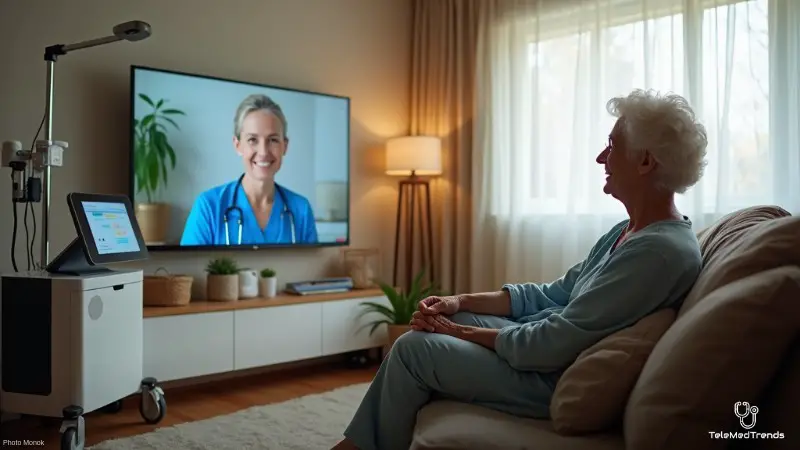The global market for home dialysis systems has witnessed substantial growth, driven by the rising prevalence of chronic kidney disease (CKD) and late-stage kidney failure. This surge is supported by advancements in telemedicine and remote monitoring technologies, which revolutionize home-based dialysis solutions.
Telemedicine has played a pivotal role in enhancing the accessibility and convenience of home dialysis. By enabling healthcare providers to remotely monitor treatment plans, it ensures that patients can perform dialysis safely and effectively in the comfort of their homes. This level of oversight not only optimizes treatment outcomes but also addresses critical safety concerns, offering patients greater confidence in managing their condition independently.
The integration of telemedicine into home dialysis systems highlights a transformative shift in healthcare, emphasizing patient-centered care and technological innovation.
Key Takeaways
Advancements in telemedicine and remote monitoring technologies are revolutionizing home-based dialysis solutions for patients with chronic kidney disease.
- Telemedicine enhances the accessibility and convenience of home dialysis, allowing healthcare providers to remotely monitor treatment plans and ensure safe and effective care.
- Regular monitoring and virtual consultations are essential components of effective remote care for CKD patients, enabling clinicians to evaluate treatment plans, track patient progress, and provide prompt interventions.
- Education and training programs that focus on self-management approaches, addressing common concerns, and incorporating telehealth tools can improve care delivery, patient outcomes, and access to home dialysis.
Monitoring and virtual consultations
Regular monitoring and the use of telemedicine to treat potential issues early on are essential components of effective remote care for CKD patients. Guides for clinicians emphasize the necessity of using virtual consultations to evaluate treatment plans, track patient progress, and provide prompt interventions. Preparing for virtual consultations is critical to ensuring efficient communication, allowing patients and caregivers to share data, discuss symptoms, and receive clear information on how to manage therapies at home.
Education and overcoming barriers
Education and training are essential for providing patients and caregivers with the skills required for safe and effective home dialysis. Clinical guidelines propose structured programs that focus on self-management approaches, addressing common concerns, and incorporating telehealth tools. These programs should include training for virtual consultations so that patients and caregivers can confidently engage in remote care.
Addressing constraints like high costs and caregiver training issues necessitates a long-term investment in education and telemedicine improvements. Clinicians can improve care delivery, patient outcomes, and access to home dialysis by implementing these measures.






